Mike wrote: "The man in the link I posted above suggested painting the whole rotor and letting the pads wear off the paint where they make contact. I wonder if that would work with powder coating. I am planning on having the rotors and caliper brackets powder coated. I assume I can't do that with the master cylinder and calipers because of the heat."
hmmmmmmmmm......... Veeery Interesting.
I put new rotors on our Outback and Rogue and the NAPA guys convinced me to go all-in with their Polymer coated rotors:
http://www.napabrakes.com/magn...s/ultra-premium.html
I do not know what the coating consists of, but they coated everything including the rotor faces. The stuff wore off within a mile or so (lots of brake stomping involved, there).
I do not know if this was a powder coating. It seems to me that a number of heat-flowing powder coats are pretty hard once cured so I'm not sure if it is a good thing for a rotor face or not. Paint or chromate? Sure, but I can't speak to what's in powder coat mixes.
On the Master Cylinder - Sure! Powder coat all you want, just mask off all of the holes. Very little heat is generated in the M/C.
For the Calipers, just use high-heat powder coat, OR a high heat paint - they come in a bunch of colors (but no checkerboard if you're Cory Drake) and are typically good for over 600º.



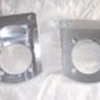
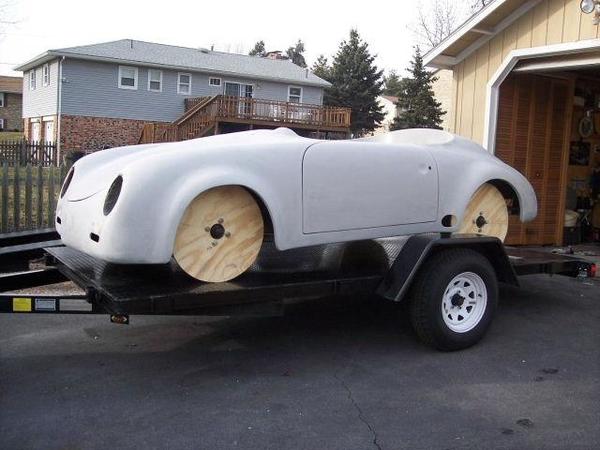
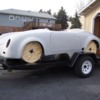
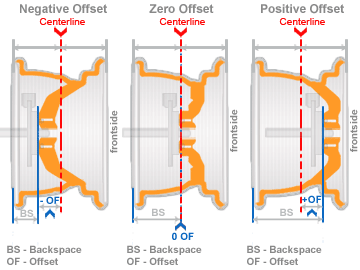

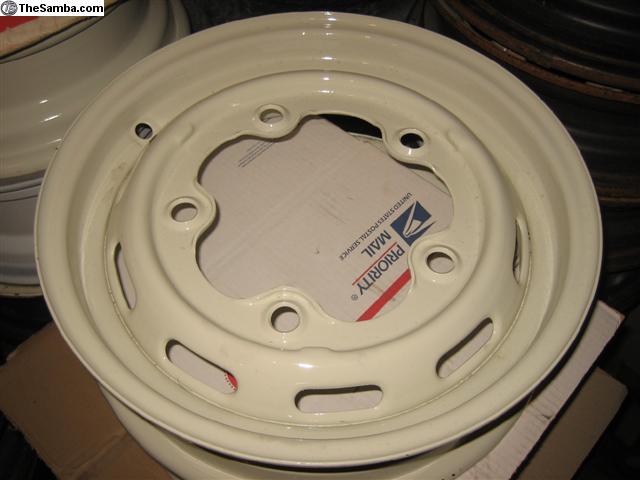
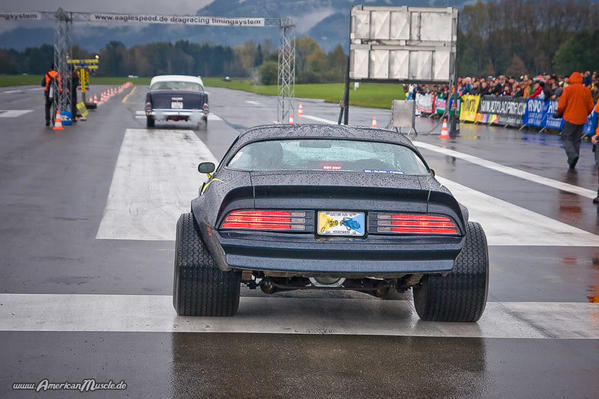

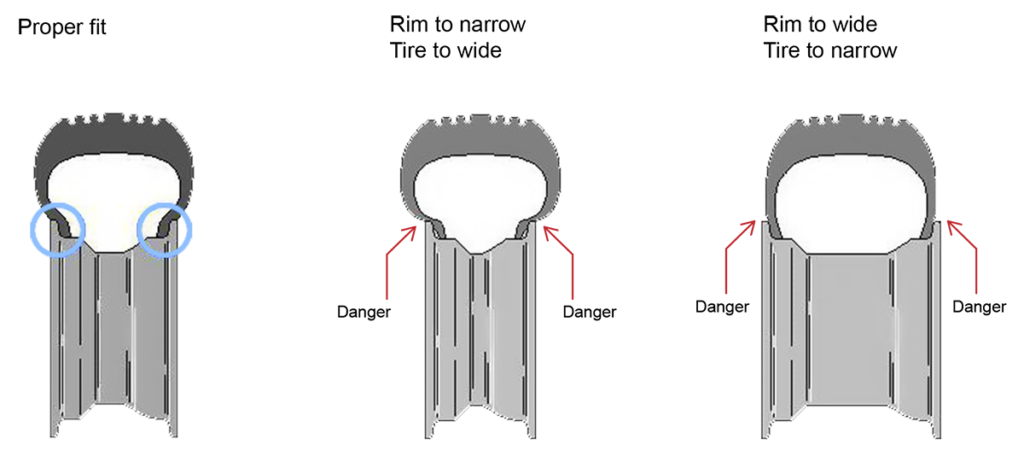



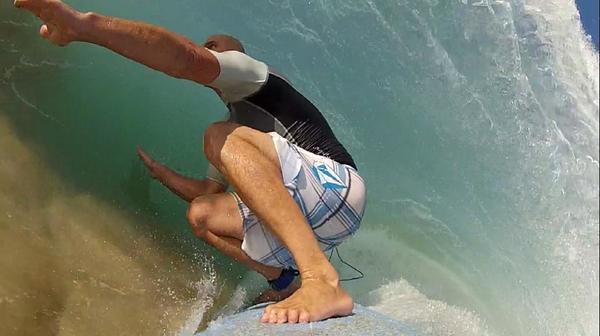



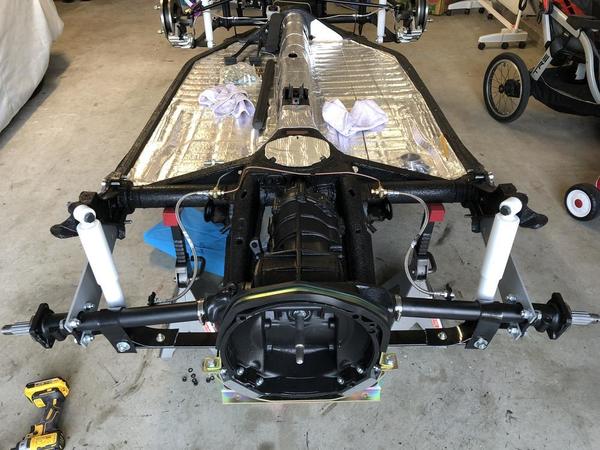

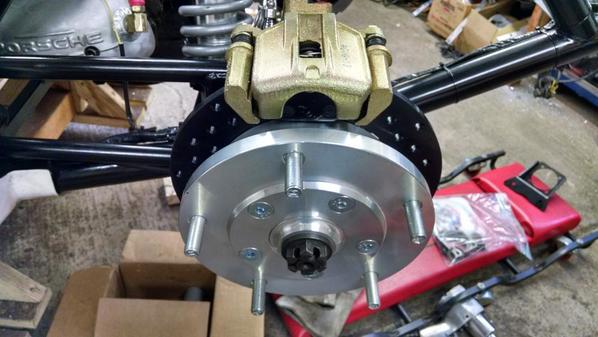
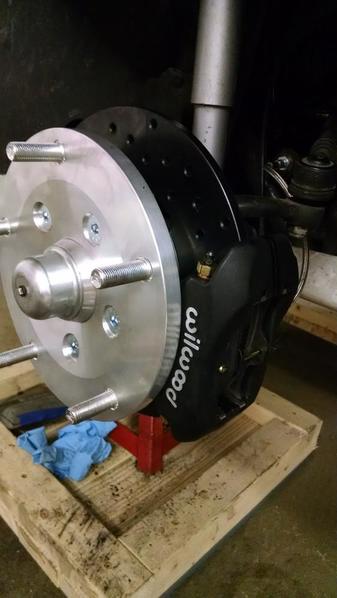



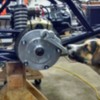
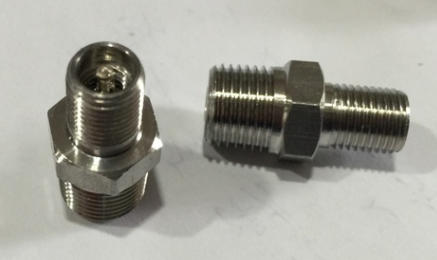 Really all you need is an extra reservoir cap, an air source, and one of these here schrader to pipe thread adapters. Drill and tap the cap and screw it in. Fill the reservoir to the tippy top and put 5 psi or less of air on it. Bleed as usual, furthest to closest to MC.
Really all you need is an extra reservoir cap, an air source, and one of these here schrader to pipe thread adapters. Drill and tap the cap and screw it in. Fill the reservoir to the tippy top and put 5 psi or less of air on it. Bleed as usual, furthest to closest to MC.